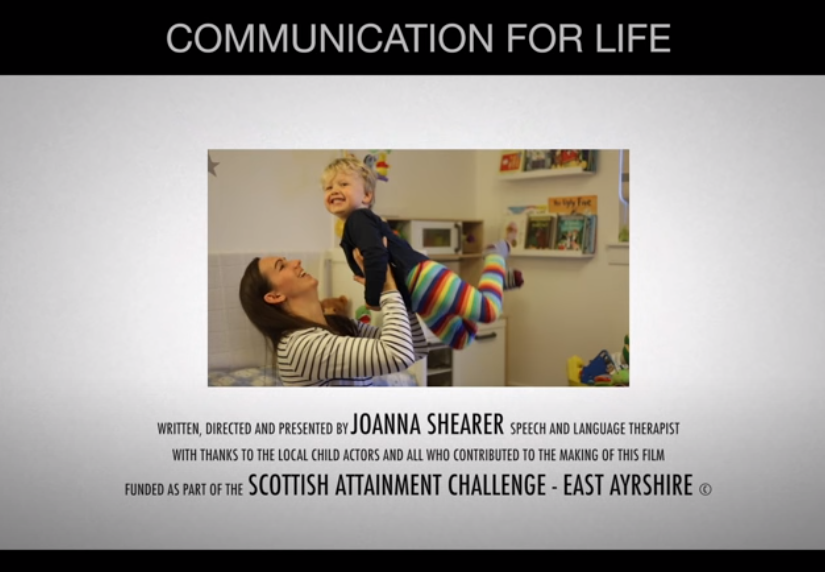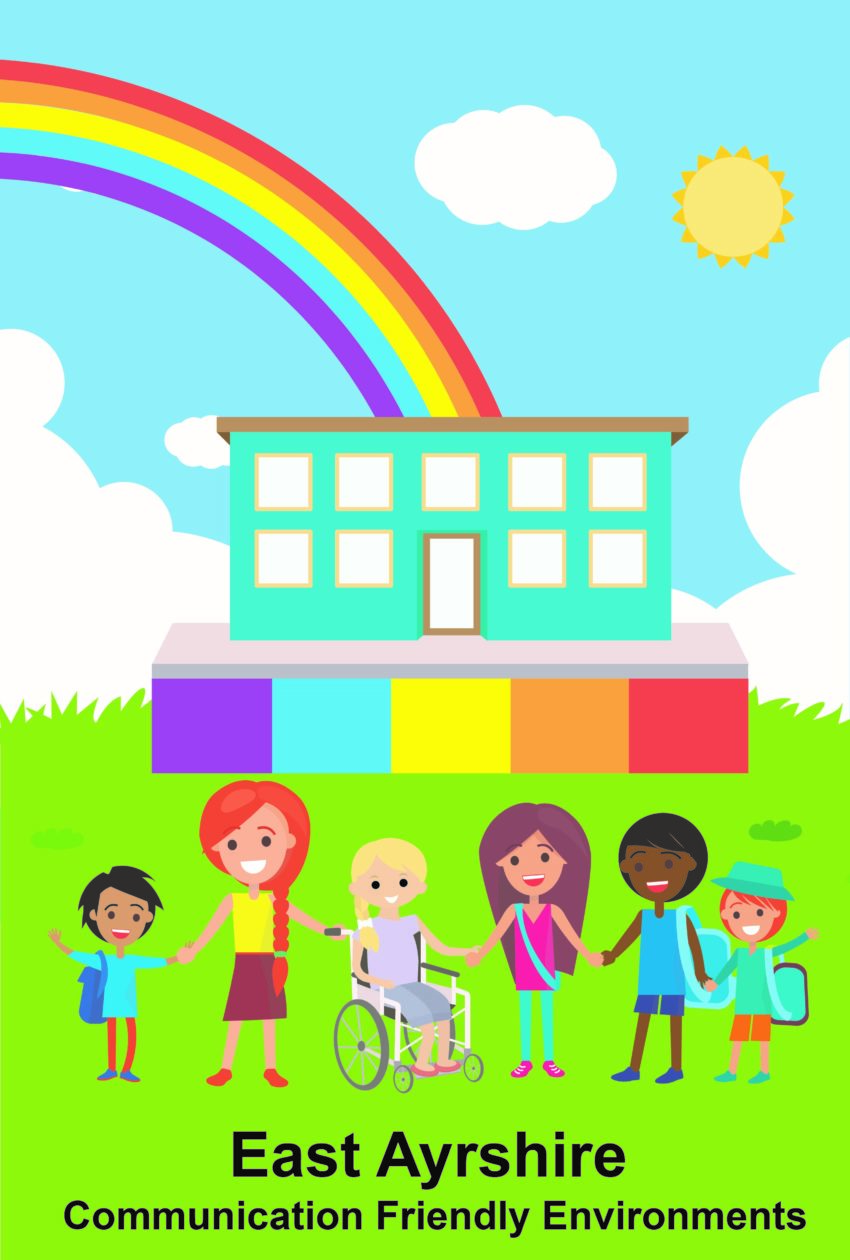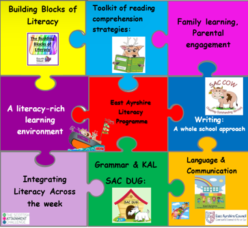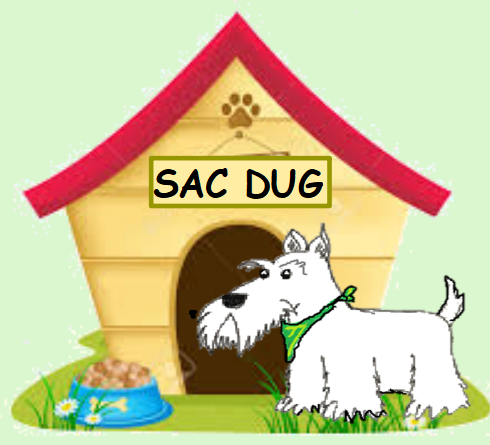Communication for Life film

The East Ayrshire Attainment Challenge Team has Speech and Language Therapists : Caroline Turtle, Joanna Shearer, Kirstyn Clark and Caroline Grant. They work closely with the SAC Literacy Team.
Effective language skills are essential in enabling children and young people to learn and access the curriculum. The links between language and literacy are well documented, with evidence identifying a clear link between speech and language difficulties and subsequent literacy difficulties. If left unaddressed, speech, language and communication difficulties can affect employability and can have life-long consequences.
10% of all children and young people have long term speech, language and communication needs. In areas of high social deprivation in the UK, between 40% and 56% of children start school with language delay. Without the right support, these children and young people do not catch up with their peers.
Children from communities with high levels of deprivation are exposed to 30 million fewer words than their peers by the time they are 5 years old. Over 60% of young people in the criminal justice system have difficulties with speech, language or communication. Low education, speech, language, and literacy difficulties are risk factors for offending.
Children and young people with poor communication skills cannot successfully engage in conversations with their peers and adults, and have difficulty developing social skills and relationships. People with speech language and communication needs at age 5 are more likely to have poor mental health and poor employment outcomes at age 34. The lifetime cost of a single generation of young people failing to get regular employment is estimated to be £2 billion.
A supportive environment and the right kind of positive care-giver responses are the two most important factors for children and young people developing speech, language and communication abilities. All children and young people should have access to environments which foster, support and develop their language and communication skills. Therefore, our SAC SLT team has developed the East Ayrshire Communication Friendly Environments guidance and accreditation:

The SAC speech & language team also provide a suite of professional learning covering a range of topics which provide education practitioners fundamental tools to support language and literacy development:
 The topics include:
The topics include:
- Teaching Children to Listen
- Phonological Awareness, Speech Sound Development and Literacy
- Buddy Language & Communication: Train the Trainer
- Big Talk
- Secondary Language and Communication
- Teacher Talk
- Talk Boost – P1-3
- Word Aware: Fun with Words and STAR approach & Word Learning Environment
Find out more in the EA Literacy Teams site: Speech, Language and Communication Channel




 The topics include:
The topics include:


